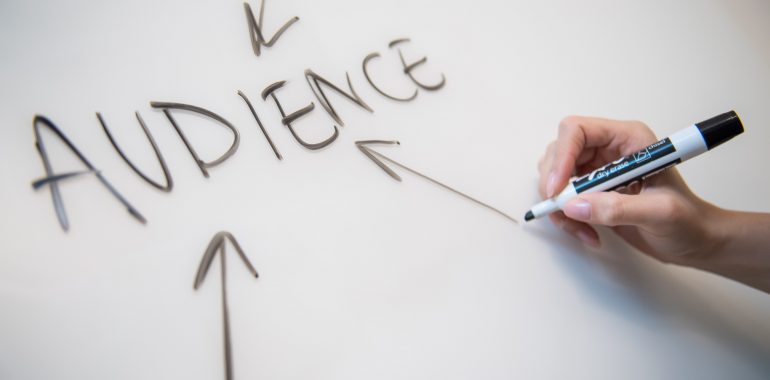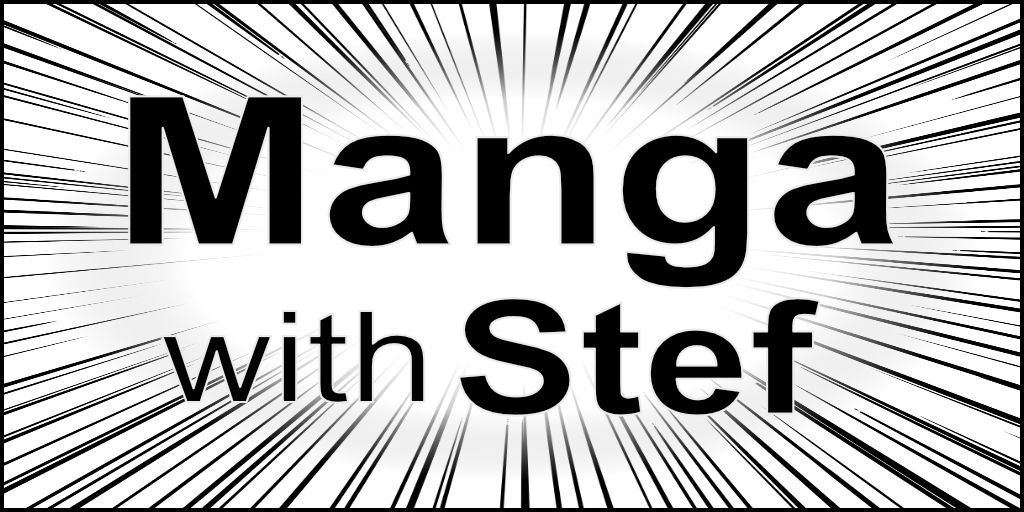Readers’ Expectations and Manga Categories

Readers’ Expectations and Manga Categories
Knowing your readers’ expectations and adapting your story to these expectations is key if you want your manga to succeed. People expect more content and more intricate stories as they age. This is the reason why publishers in Japan have identified manga categories that help them in the process.
Here I’m going to present these different categories and explain their specificities.
Overview of manga categories
Here are the different manga categories in Japan. Publishers have set and refined these categories over the last 40 years to better identify their readers and their expectations.
The main drivers for these categories are primarily the age, and then the sex of the readers.
Here is the list of these manga categories:
- Yōnen/Jidō manga – for boys and girls below 10
- Shōnen manga – mainly for boys between 8 and 18
- Shōjo manga – mainly for girls between 8 and 18
- Seinen manga – for men and women above 16
- Josei manga / (Young) Ladies comics – mainly for women above 16
- Seijinmuke manga – for men and women above 18
We will now have a look at the specificities of these categories.
Yōnen/Jidō manga
Yōnen manga, also known as Jidō manga, are targeted towards a young audience (preschool and/or first grades).
The stories they depict are generally short stories, or have short episodes, with few panels and simple to read text. They are generally deprived of any graphical content (violence, nudity, sex, horror…), and the drawing will generally be simple and clean.
Main protagonists will generally be young boys or girls (below 12) so that audience can relate to them, or cute animals.
The themes of these stories will be mostly around daily life and adventure, with an accent on humor.
Good examples of such manga are: Hello Kitty, Doraemon, Pokemon…
Shōnen manga
Shōnen manga are targeting teenagers, and principally boys.
The story start to have some complexity in their structure with an accent set on action. They also start to include some graphical content (violence, nudity…) at times. Their world, characters and intrigues are more refined and intricate, both from the story and visual aspects.
Themes are mostly involving adventures, battles and/or powers.
Main protagonists will mainly be boys in their teen years, again so that the audience can relate and project themselves into their heroes.
Examples of shōnen manga are: One Piece, Naruto, Black Clover, Bleach, Haikyū…
Shōjo manga
Shōjo manga are also targeting teenagers, but here principally girls.
The story are here also more complex and might also include some graphical content (violence, nudity… but far less than shōnen manga). The graphical style also has some particularities with more pure lines and characters and a focus put on facial emotions and glittering eyes.
Themes will be more around emotions, first love and psychology.
Main protagonist will principally be girls in their teen years.
Examples of shōjo manga are: Saylor Moon, Card Captor Sakura, The Rose of Versailles…
Seinen manga
Seinen manga was initially targeting adult men, but can also attract a wider public due to the wide range of topics they address.
They are graphically close to shōnen manga, with potentially some more complex visuals.
The themes will become more adult, with a wide variety of topics like business, food, mystery, economy… and they might include some graphical content (gore, violence, sex…).
The main protagonists will generally range from young adults to people in their 40s.
Examples of seinen manga are: Berserker, One Punch Man, Golgo 13, Nausicaä, Space Brothers, Jojo’s Bizarre Adventure, The Drops of God…
Josei manga / (Young) Ladies comics
Josei manga (as well as Young Ladies comics and Ladies Comics) on its side principally targets adult women.
Here the range of themes is also wider and more related to feminity with topics such as family, childcare, friendship, romance, adultery…
The genre inherits from the graphical specificities of the shōjo manga, with expressive and pure characters.
Main protagonists will mostly rangs from young adult women to women in their 40s.
Examples of Josei manga are: Chihayafuru, Wotakoi, Nana, Honey and Clover, Nodame Cantabile, The Delinquent Housewife…
Seijinmuke manga
Finally, seijinmuke manga also targets adults (over 18) and brings them principally highly explicit content (sex, ultra violence, gore…).
It is only accessible to readers above 18 in Japan.
What should I choose my manga category?
There are two options possible to maximise your impact.
Either you have a clear idea of the content you want to provide, and therefore you target the category that matches the best.
Or you want to target a specific audience, in which case you will have to meet the standards of the category by adapting the content, the complexity of the plots and the visuals.
Of course there are always exceptions, but most people when used to a certain standard in terms of content will have more difficulties to accept something that denotes from this standard.
Therefore know your audience, know the standards they are used to read, and try to fit in.
Do not hesitate to like, share, and comment or ask questions!
See you,
Stef
